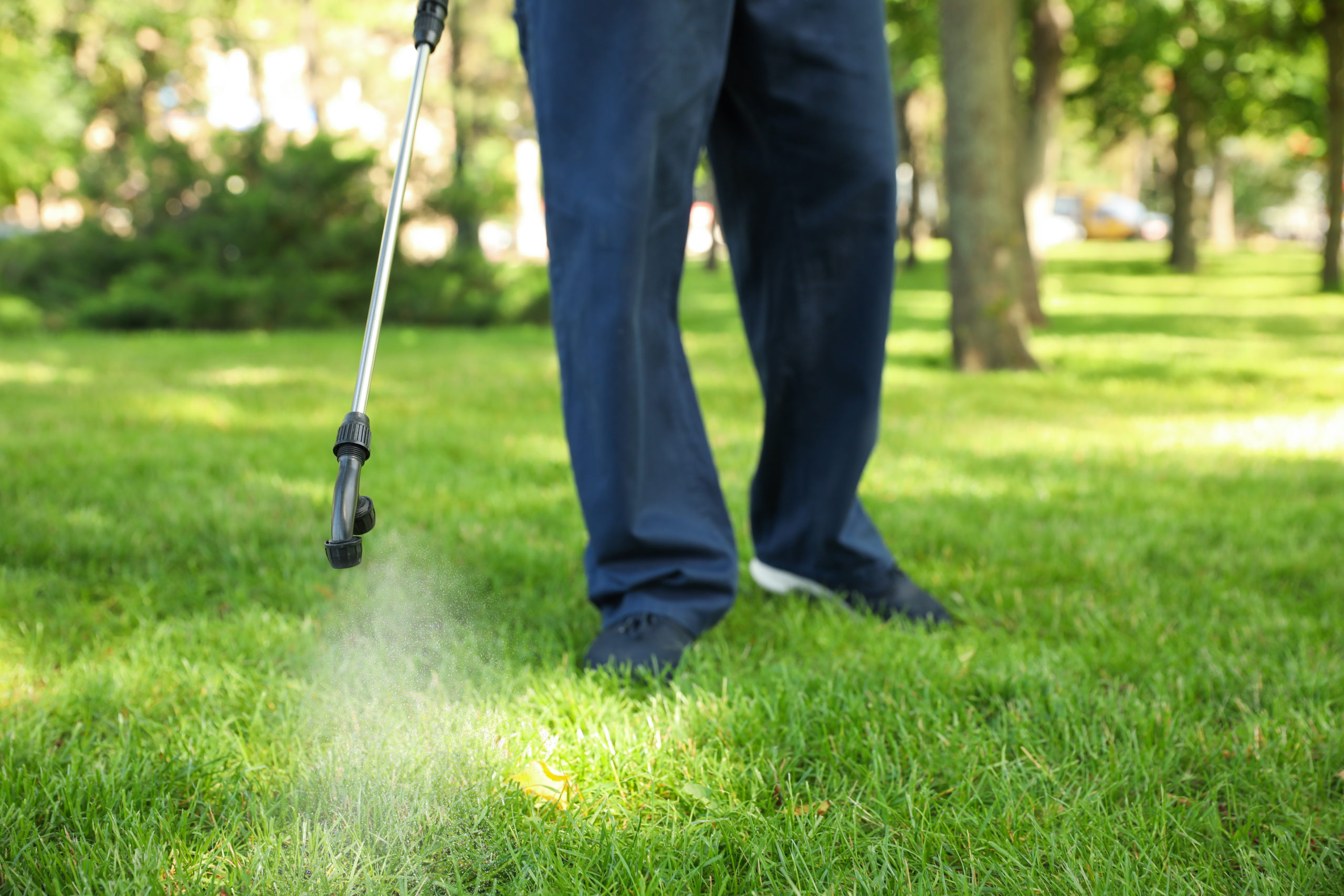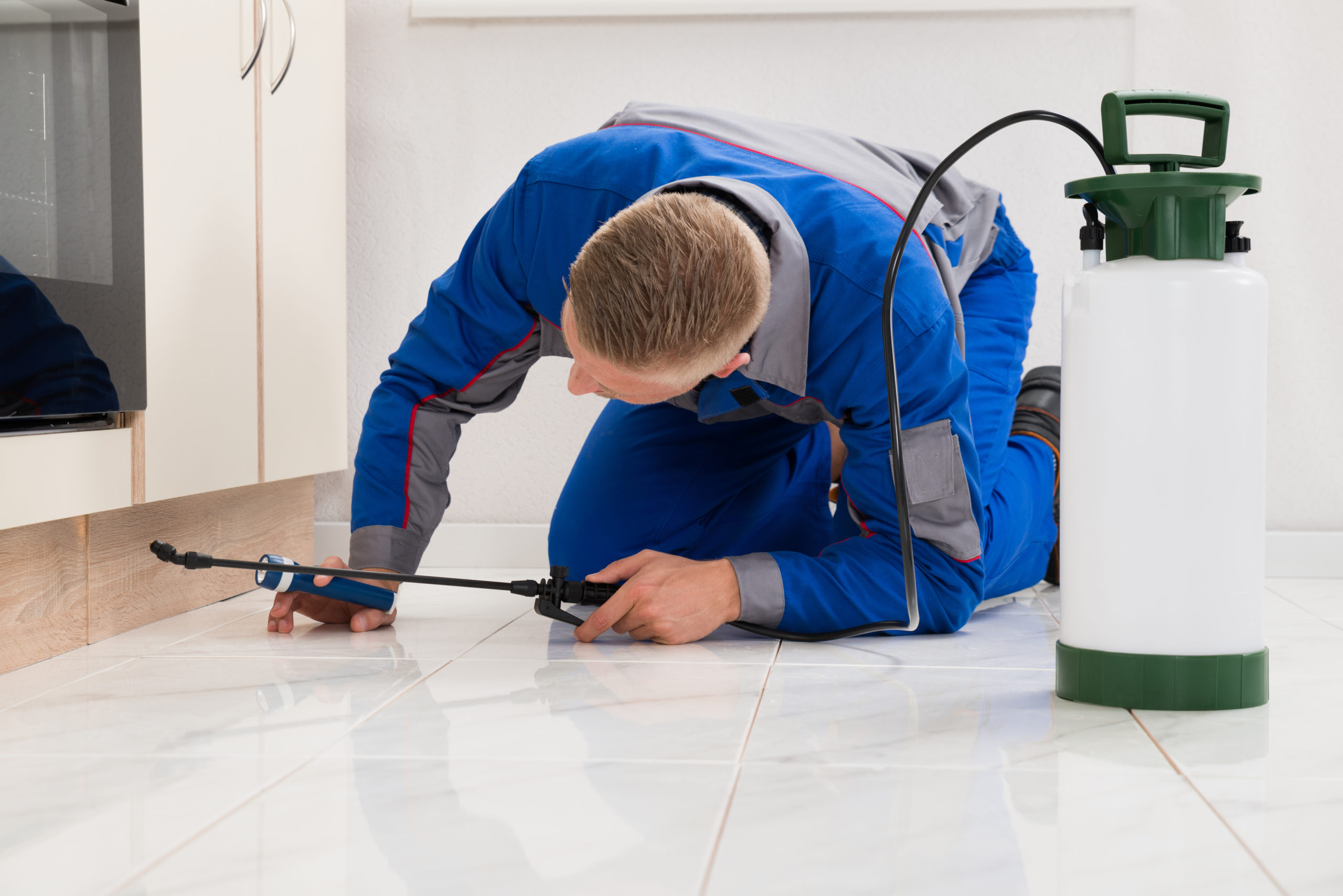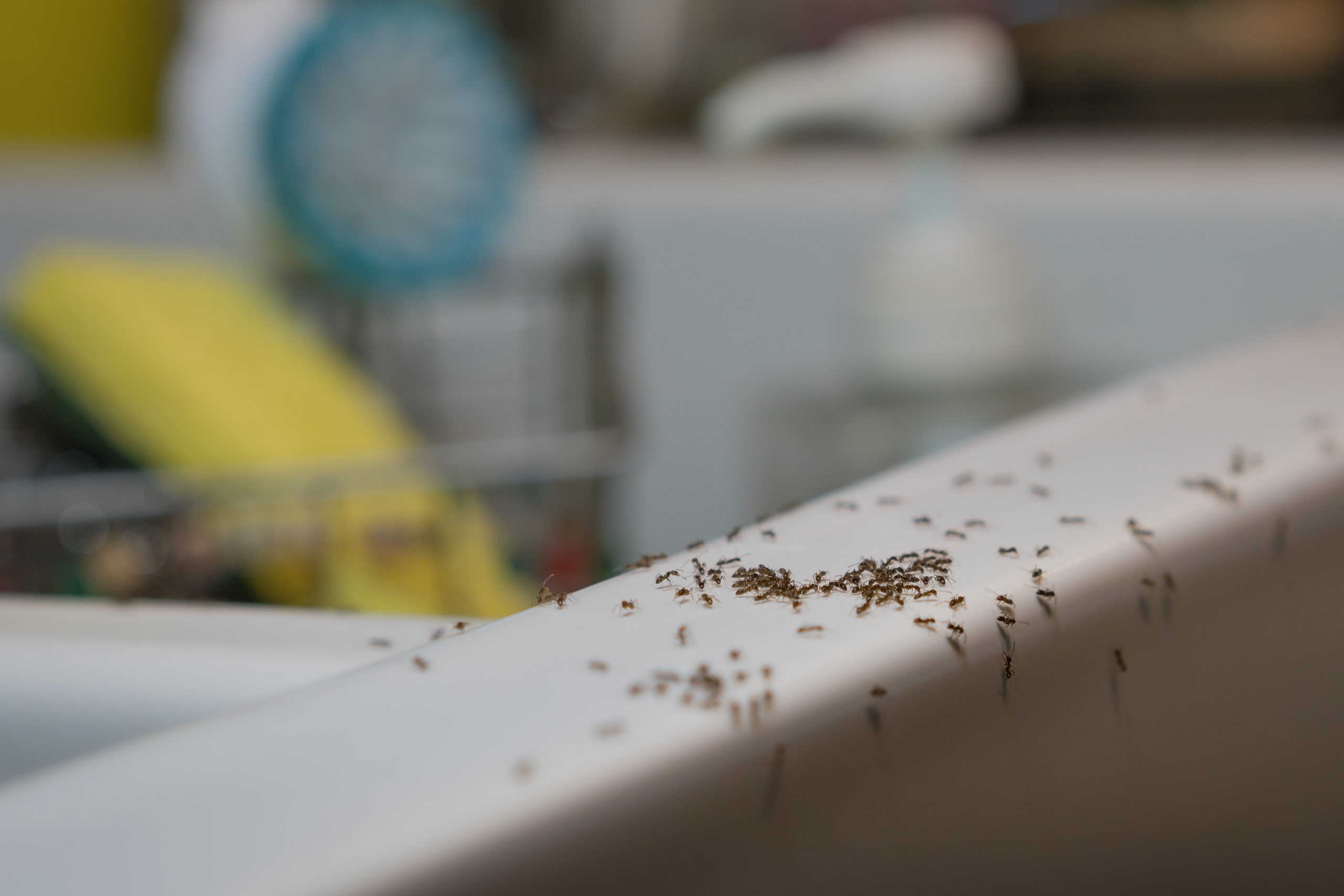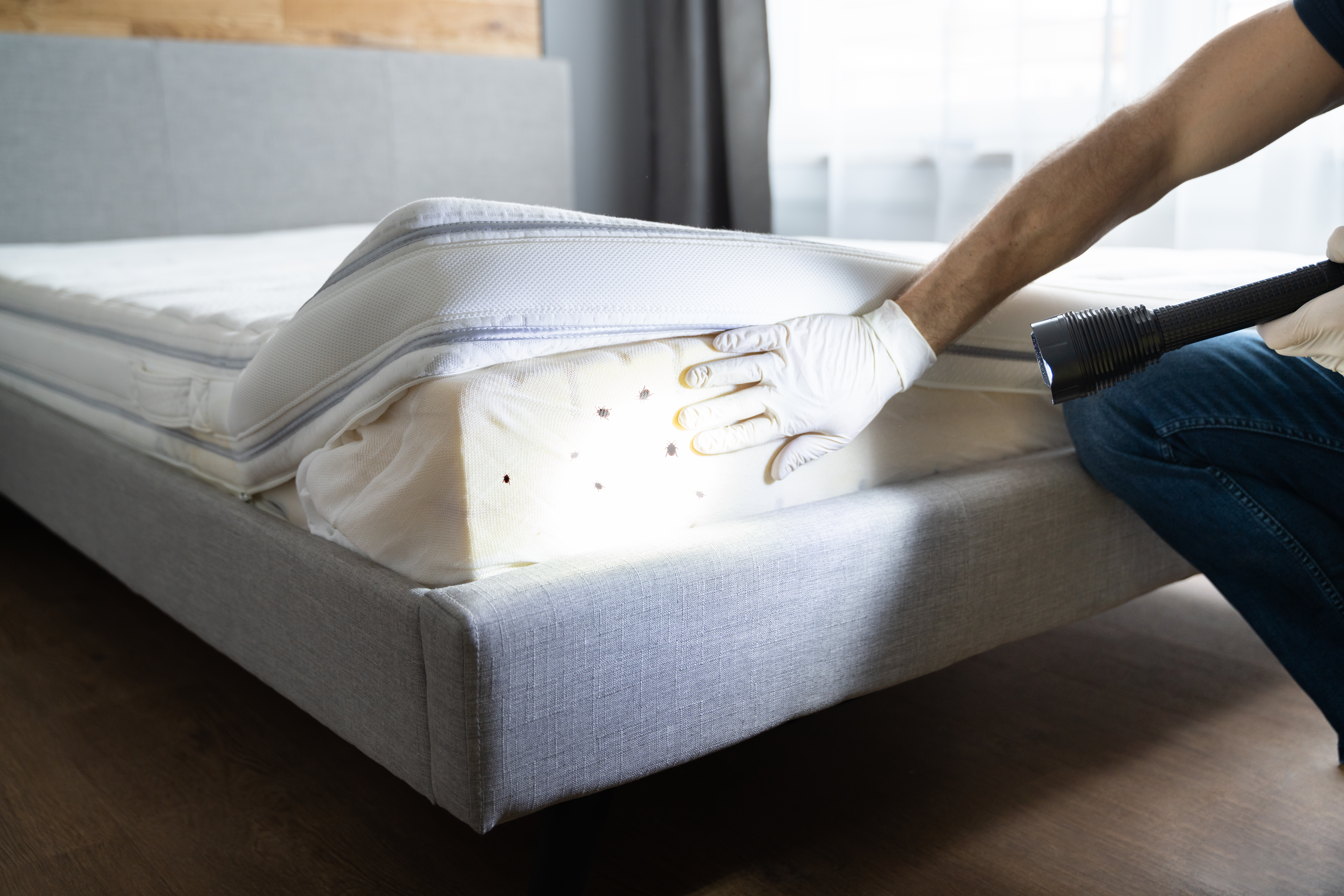6 Common Pest Control Questions – Answered!
6 Common Pest Control Questions – Answered!
Pest control is a unique process that, while quite useful, can leave people with more questions than answers if proper instructions and advice are not given. Why are there still pests if the technician already treated that exact area? When can the home be cleaned as usual? And how can a person tell if it’s too soon to ask the company to return and handle a few too many remaining insects? These are some of the questions we aim to answer today as we explore key points to remember after the technician’s visit is over.
When Should I Call Pest Control for a Problem?

Whether or not you receive scheduled pest control services, it can be tricky to tell when a new pest concern is worth calling in the pros to handle as a new appointment. Finding one garden spider in the backyard or a lone housefly buzzing around the kitchen is not usually considered a pest control emergency. However, the general principle with professional pest control is that being proactive can mean the difference between pests being eliminated before they create a huge mess and invading to cost the homeowner even more headaches and money in the long run. If you see multiple pests of the same species within days of each other, it is not a coincidence. Common pests do not travel in groups unless their home (or soon-to-be home) is in the immediate area.
Even in something as everyday as pest control services, listen to your gut feeling when you come across some new pests. It is easier for everyone if pest control is contacted at the sight of the first few pests, rather than when the pest population has grown exponentially. It will put your mind at ease to know that these pests are being treated, if nothing else. There are also simple ways to keep the pests away as much as possible so you don’t need to have this internal dilemma in the first place. For one, pests often use imperfections in a structure to get inside. Check your home for any leaks, gaps, and cracks somewhat often. These may not seem connected to a horde of invasive pests, but small critters are quite resourceful and aggressive when it comes to establishing a home. Also, keep all food and pet food stored in airtight containers. Most common pests love our food, so taking away that temptation should greatly reduce your sightings of some invasive pests.
Why Do Some Pests Require Multiple Treatments?

The species of pest completely affects the type, quantity, and goal of the pest treatments provided by the technicians. There are general sprays that most pest control companies use, and these are used often because of their efficacy against multiple pests. But insects, spiders, and rodents all have different specific treatments that work against them, and there are even more refined tactics within those three categories. Termites require different treatments than ants, which need more products than spiders, which do not always have a shelter to eliminate like that of stinging insects.
Besides the fact that different pests need various treatments, some of them also need to be treated over multiple visits. This is often the case with eusocial insects, as their colonies can number in the thousands if given enough time to grow. For example, think about a sizable ant or termite invasion. Since they have a queen that continues laying eggs for her entire life and countless workers that expand the nest and get food for the rest of the colony, these insects will need to be treated on at least a couple of days in order to actually reach every insect. Another important factor to consider is the life stages of the affected insects. Their eggs are typically impenetrable by general pest treatments, so a return visit is required to treat all of the newly-hatched pests. It’s the same idea with rodents; the adults may have been taken care of, but any offspring that was still in the nest now needs to be handled. It may seem counterintuitive to need multiple visits, but it is much more helpful to know that all of the pests are treated, rather than just the visible ones.
When Can I Start Cleaning the Interior Treated Areas?

The thought of dead pests and all of their messes just sitting out in your home is enough to make anyone want to grab the vacuum and anti-bacterial wipes. But it is important to allow the freshly-applied treatments enough time to work their magic before running for your cleaning supplies. If you wipe down the surface that was just treated for pests ten minutes ago, it is highly probable that you are wiping away the product before it has a chance to affect any pests. Treatments that are applied as a spray or a liquid need to be left alone for at least half an hour, but usually require about two hours to completely dry down. If you have any curious pets or young children, make sure to keep them away from the treated area during this time.
After you allow the treatments time to sit and begin to take effect, it is okay to do some light cleaning. This includes sweeping the floors, dusting, and cleaning the counters. It is still a good idea to avoid touching the most affected areas as much as possible for a little while, since you don’t want the treatments to be all for nothing. In the days following the service, vacuuming the floors of the treated areas is a good choice. This will get a majority of any eggs and deceased insects that were impacted by the products. Once enough days have passed and the number of pests seem to be steadily declining, it is perfectly fine to return to your normal cleaning routine in the home. But make sure to keep an eye out for new evidence of pests appearing during your cleaning; any eggs, droppings, dead pests, discarded wings, nest pieces, or live pests that are appearing well after the last service can be a sign that the pest problem is not completely resolved.
Why Do Some Treatments Take Longer to Work?

In a perfect world, pest treatments would eliminate all pests on the property immediately. Actually, in an ideal world, pests would not be a problem in the first place, but that is even more of a fantasy than the first scenario. The category of treatment is the main factor in how long it takes to be effective, but the size of the invasion and species of pest still have an impact on the experience. Sometimes, you may even see more insects after receiving pest control. If the treatments were applied in the pest’s home, it will drive them out and ideally into more treatments. Conversely, if the technician applies products to the area surrounding a pest’s shelter, it can drive them back and either cause them to starve or be overcome by the treatments.
One of the most common categories of pest treatments is bait. This one is all about the waiting game, which is understandably frustrating when you just want the pests to be gone already. Bait is often used with social insects and rodents, as both categories are drawn to food for their groups and will therefore, literally, take the bait. Ants, cockroaches, rats, mice, termites, beetles, and crickets are all usually treated with bait, at least in part. Granular bait works by attracting the foragers of the colony, who are on high alert as they sniff out food sources. They will go to the bait and either eat it immediately or bring it back to their nest. The insects who eat it will perish, but the ones who wait and feed it later will bring their colony’s doom right to their front door. Since the bait needs to reach every pest in their group, it will take an average of two weeks to be noticeably effective. It can be frustrating in the meantime, but it is worth it when the pest problem is resolved after the foragers are baited into a solution.
Why Did the Initial Service Take Longer Than Usual?

If this is your first time receiving pest control services, it may feel like the initial visit takes longer than a usual service would. This is true, as the first service is the time when important information is gathered and problems are assessed for the first time. Any pest control company worth its salt will take its time when performing the initial visit in order to best serve the client’s home or business. The majority of this first visit is taken up by an inspection. The technician will get their bearings of the property and its vegetation, as this determines the types of pests that are likely to appear. The tech will also look closely for any visible pests, entry points into the structure, and evidence of nests or egg casings. Of course, every visit thereafter will involve some form of inspection, but this first visit is most helpful in getting everyone on the same page.
The initial service is also when the technician learns about the primary pest concerns of the client. The tech should come back from the inspection and report their findings, as well as the treatments they need to apply for each issue. If they haven’t already, they should ask you about the pest activity you see and your main concerns. You may find that the tech noticed the same issues, or they already know the specific issues to look for during the treatments. Every visit can introduce new pest concerns, thanks to the changing seasons and various outside factors, but the first visit is very productive in setting the precedent of the common pests, their favorite hiding spots, and any weak points in the structure. Once this service is over, the expectations for the following visits are set and everyone is on the same page of the recurring issues to watch out for every time.
How Can I Tell If The Pests I’m Seeing are a New Problem?

Besides the species of pest and number of individual critters in the infestation, there are a couple other factors affecting how quickly (or slowly) the number of pests dwindles down to zero. For one, adverse weather affects the energy and needs of pests, which could lead more of them closer to your home. Any kind of moisture, like rain or snow, will drive pests to seek out the nearest warm shelter if they do not already have one. Similarly, extreme heat will motivate pests to find some shade in a preferably cooler environment than outside.
Another determining factor is the type of treatments used, as well as the size of the invasion they were used to solve. Bait treatments require more time to work their magic than sprays because they attract the foragers of the group to the spots that will end up being their final resting places. If baits are disturbed before then, they will not have time to reach every pest in the group. Also, some treatments work by driving the pests from their homes straight into the product. This is when you may see an unnerving amount of pests over a couple days, but this influx should not last very long. However, no matter the size of the invasion or type of pest involved, there is a point where it might be best to call and ask the technician to return. The typical amount of time that it takes for an infestation to be completely treated is about ten days, or just under two weeks. If you are still seeing the same amount of pests after that, contact your pest control provider and request a return visit for the technician to assess if this situation needs more attention.
Does Pointe Leave Any Questions Unanswered? Answer: No!

That famous cliché is true when it comes to pest control: there really is no stupid question. When our technicians visit your home or business, we want you to ask each question about the pests or processes that comes to mind. This not only will provide you with the answers you seek, it will also help the technicians to know what kind of pests are your most frequent concerns. We tailor our treatments to fit your property layout and pest problems, and we are happy to walk through every step with you. We will also explain what each of our EPA-approved treatments accomplishes, so you can be confident in the products being used within your home. If you are looking for the most intentional and reliable pest control services around, contact us today to schedule your first appointment!
Citations
Granular baits. (n.d.). Solutions Pest & Lawn. Retrieved January 23, 2023, from https://www.solutionsstores.com/granular-bait
Request a Free Quote Today
(We do not share your data with anybody, and only use it for its intended purpose)
